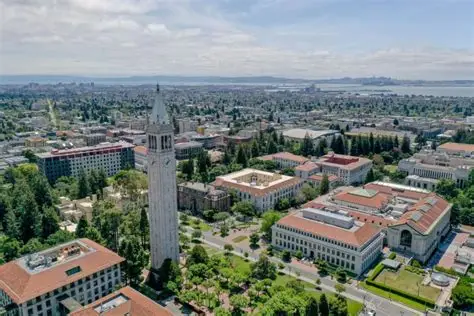Career and Technical Education in America’s Schools
What we have known as the American educational policy and culture for decades—four years of high school followed by four years of college, and you are on the road to success—has come under scrutiny. The 4+4 framework fails to serve the diverse needs, aspirations, and realities of American students, and more often, the country’s lowest-performing students are being left behind. In her recent New York Times guest essay, Randi Weingarten, president of the American Federation of Teachers, proposes a framework for expanding career and technical education (CTE) as a legitimate and equitable pathway for young people.
Weingarten brings to the fore the assumption that college is the only route to success. While not denying the fact that higher education can lead to improved health outcomes, civic engagement, and higher lifetime earnings, she also presents the stark reality: roughly 40% of high school graduates don’t go to college at all, and of those who do, only 60% complete a degree within eight years. This implies that college is not a one-size-fits-all solution, and our education system should not treat it as such. Opinion | Stop Trying to Make Everyone Go to College – The New York Times
Outside of the U.S.A., this was recognized by the International Baccalaureate some years ago, which led them to develop the Career-related Programme (IBCP). This educational program, which gained immense popularity, prepares students for a specific career or profession while providing a well-rounded education. The IBCP combines academic study, career-related learning, and practical experience and is recognized by universities and employers around the world.
Learning that reflects the real world
Weingarten proposes a broader educational policy whereby not every student is pushed toward a traditional four-year college degree. This certainly is a more inclusive educational strategy that aligns high school education with both academic and vocational goals. Career and Technical Education (CTE) is central to this idea, as CTE programs offer hands-on experience and practical skills in various fields.
Statistically, it is proven that the outcomes of this type of training are promising since more than 90% of students who concentrate in CTE graduate from high school, compared with the national average of around 85%. Research shows that CTE participation boosts academic achievement, high school completion, and even college readiness.
This is not about going back to the old idea of “shop class” as a second-tier option for students who are considered unfit for college. It’s about progressing with time and modernizing education. Preparing students for career paths they want to pursue — whether that’s nursing, cybersecurity, electrical engineering, or even teaching. According to the World Economic Forum report, technological advancements, particularly AI and information processing (86%), robotics and automation (58%), and energy generation, storage, and distribution (41%), are going to transform the world of work.
Real-life examples
The article talks about several successful CTE programs adopted by many states. She cites the example of how in Rio Rancho, New Mexico, RioTECH brings together public schools, a local community college, and industry partners to offer students credentials in high-demand trades alongside tuition-free, dual-enrollment courses that count for both high school and college credit.
At the Brooklyn STEAM Center, located in the Brooklyn Navy Yard, students gain real-world experience through connections with over 500 businesses by participating in apprenticeships and internships in areas such as construction technology and computer-aided engineering design.
In Newark, the Red Hawks Rising Teacher Academy—run in partnership with Newark Public Schools, Montclair State University, and the AFT—addresses the national teacher shortage by preparing high school students for careers in education through a no-cost dual-enrollment program.
At its core, CTE opens more doors, as it empowers students to choose from multiple options — whether that’s jumping straight into a career, pursuing further technical training, or eventually enrolling in college. This is in no way considered limiting opportunity; rather, it should be seen as expanding options.
Luckily, this approach has received political consensus, finding acceptance by both Senator Bernie Sanders and Trump-appointed Education Secretary Linda McMahon. Earlier this year, the Senate passed a resolution recognizing Career and Technical Education Month, and a similar resolution is currently under consideration in the House of Representatives.
Conclusion
The strategies she proposes are ways to align high school to both “college prep and in-demand vocational career pathways.” Democratizing education for students is the need of the hour in this millennium. It is time to make conditions viable for students who can get a head start by taking Advanced Placement Programs and heading to college. Likewise, the stakeholders (high schools, colleges, and employers) should provide the relevant coursework to engage students in promising career opportunities. Finally, the idea of having the same starting line but different finishing lines would be ideal for the students of today.
Ivy Central can help students and families navigate the evolving education landscape by offering expert guidance on both college admissions and alternative career pathways.
Careers with Humanities | Ivy Central








